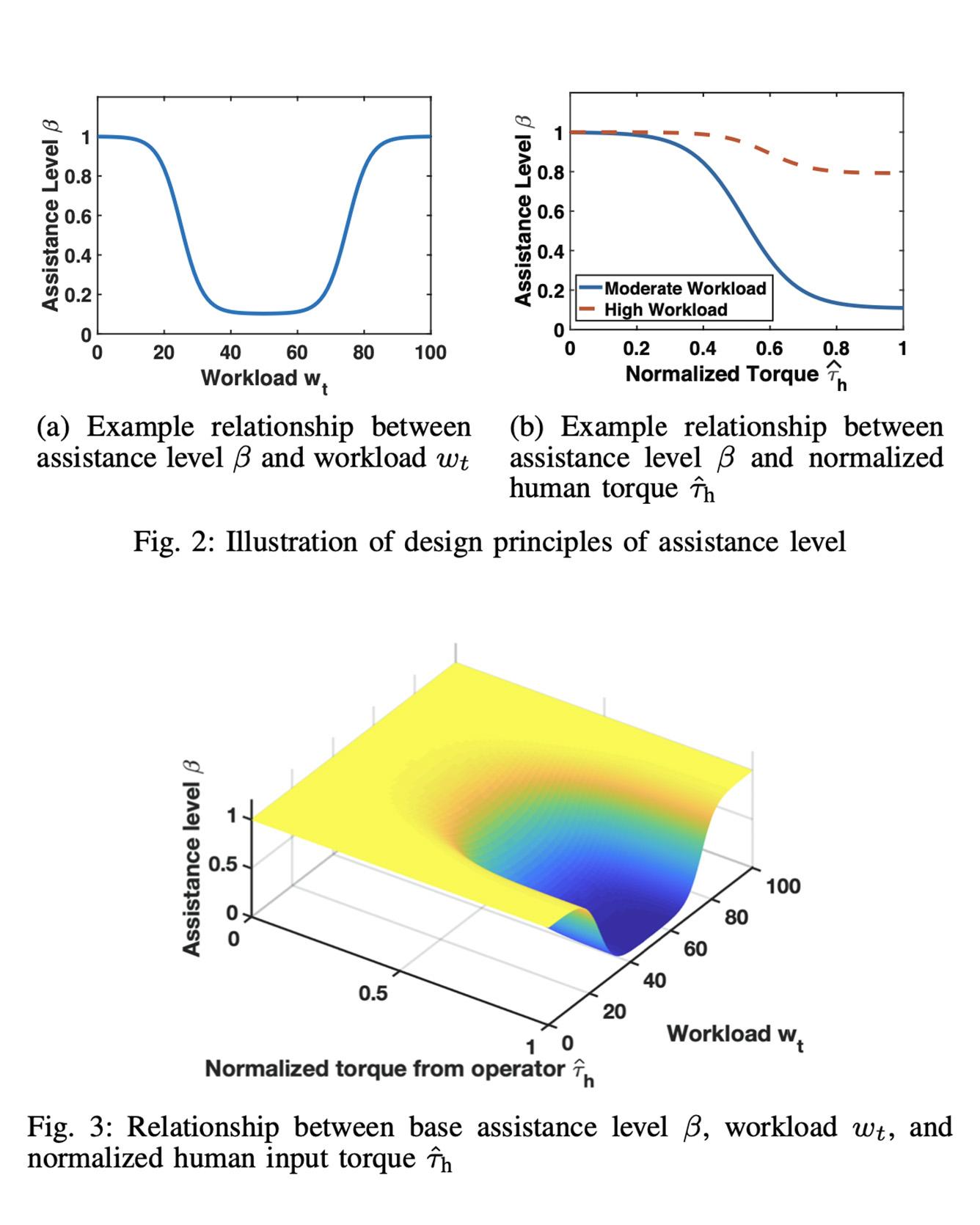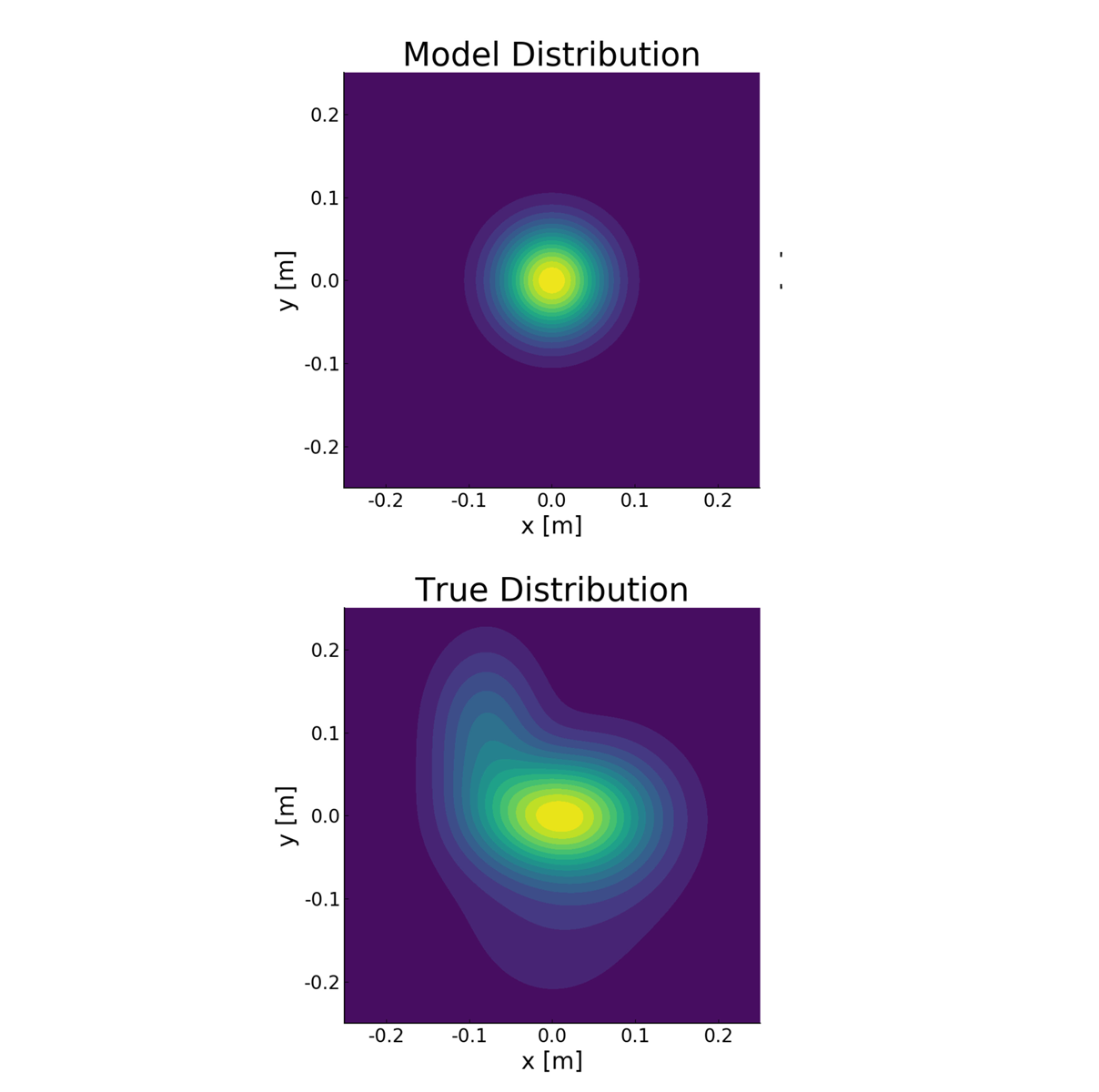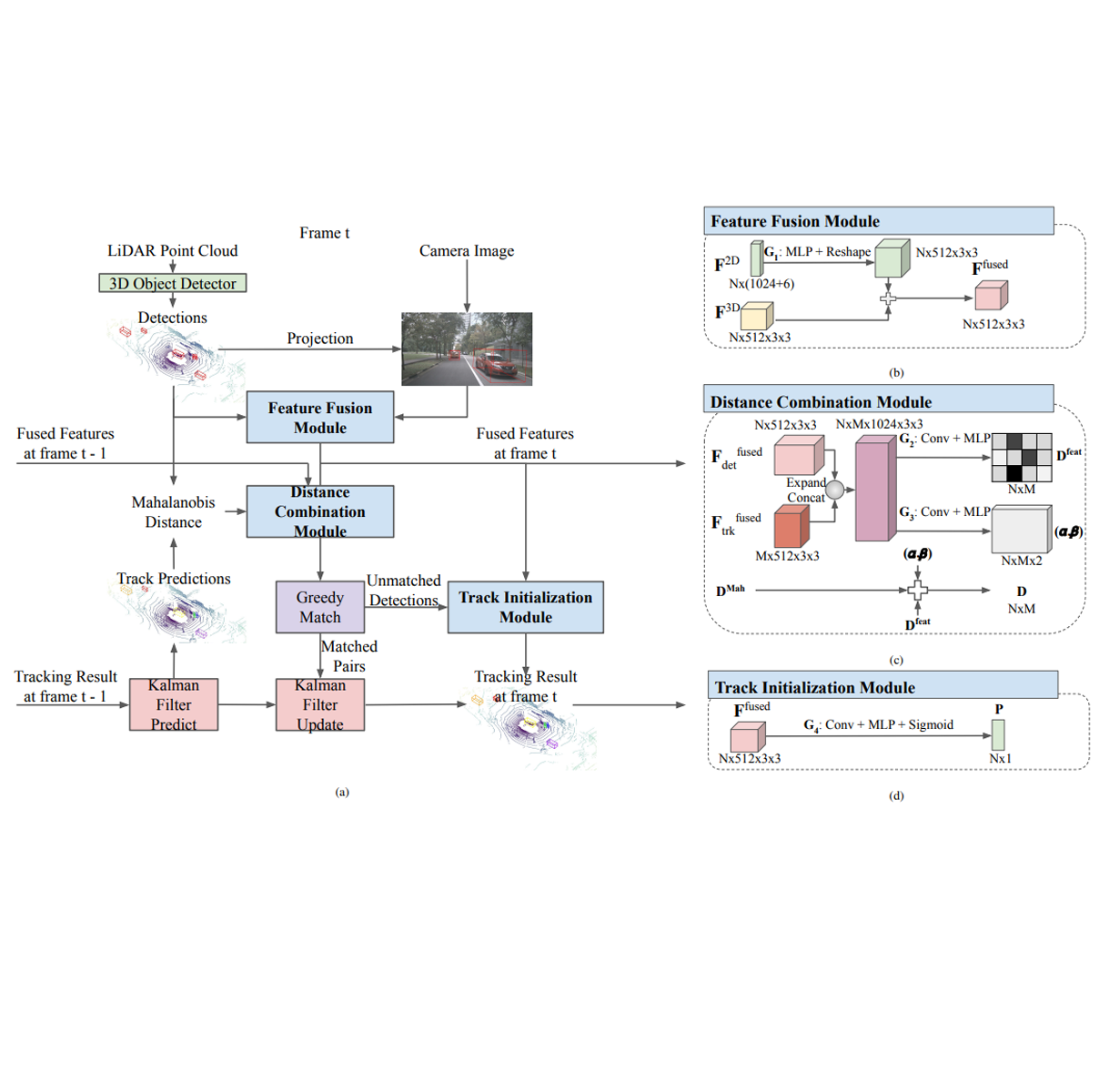
TRI Author: Vishnu Desaraju
All Authors: Weng, Yifan, Ruikun Luo, Paramsothy Jayakumar, Mark J. Brudnak, Victor Paul, Vishnu R. Desaraju, Jeffrey L. Stein, X. Jessie Yang, Tulga Ersal
Haptic shared control of an autonomy-enabled vehicle is used to manage the control authority allocation between a human and autonomy smoothly. Existing haptic shared control schemes, however, do not take the workload condition of human into account. To fill this research gap, this study develops a novel haptic shared control scheme that adapts to a human operator's workload in a semi-autonomous driving scenario. Human-in-the-loop experiments with 8 participants are reported to evaluate the new scheme. In the experiment, a human operator and an autonomous navigation module shared the steering control of a simulated teleoperated vehicle in a path tracking task while the speed of the vehicle is controlled by autonomy. High and low screen refresh rates were used to create moderate and high workload cases, respectively. Results indicate that adaptive haptic control leads to less driver control effort without sacrificing the path tracking performance when compared with the non-adaptive case. Read More
Citation: Weng, Yifan, Ruikun Luo, Paramsothy Jayakumar, Mark J. Brudnak, Victor Paul, Vishnu R. Desaraju, Jeffrey L. Stein, X. Jessie Yang, Tulga Ersal, "Design and Evaluation of a Workload-Adaptive Haptic Shared Control Framework for Semi-Autonomous Driving," American Control Conference, Denver, CO, USA, 2020.


